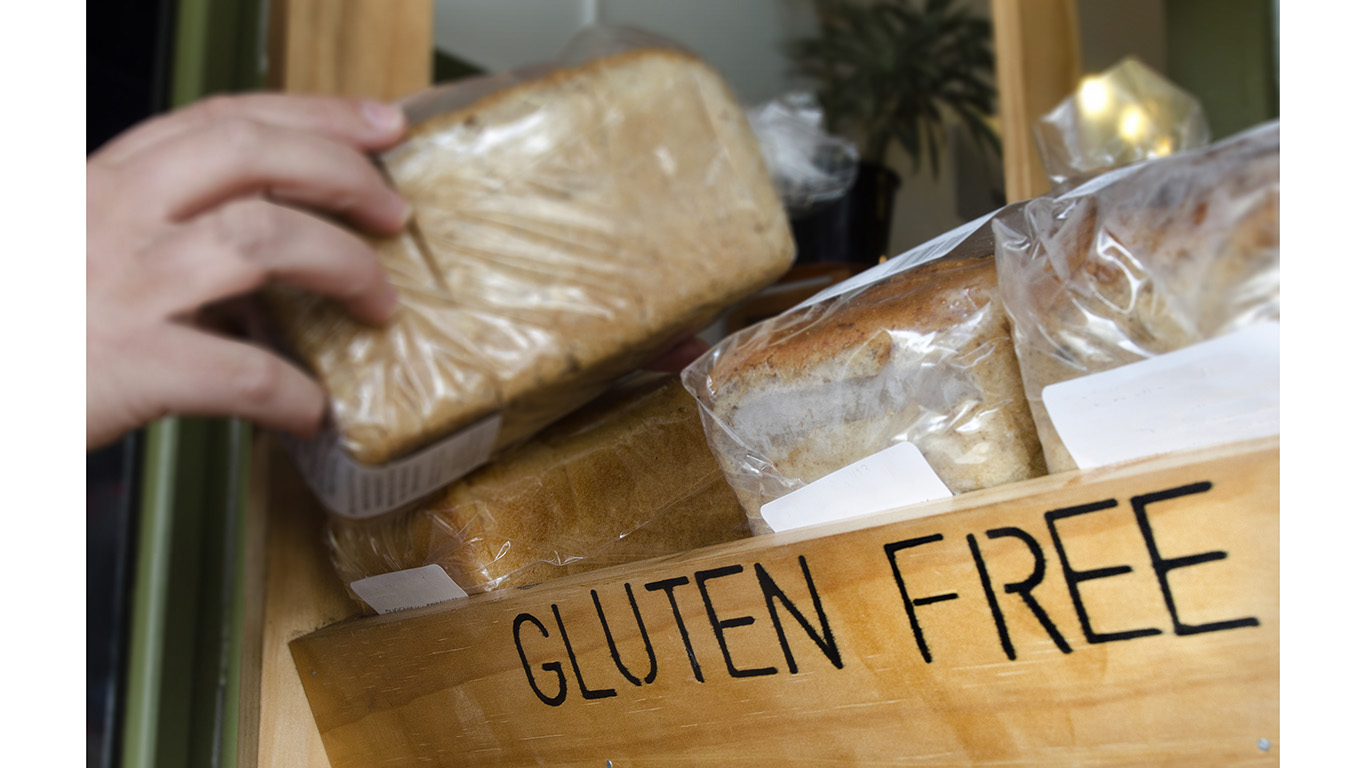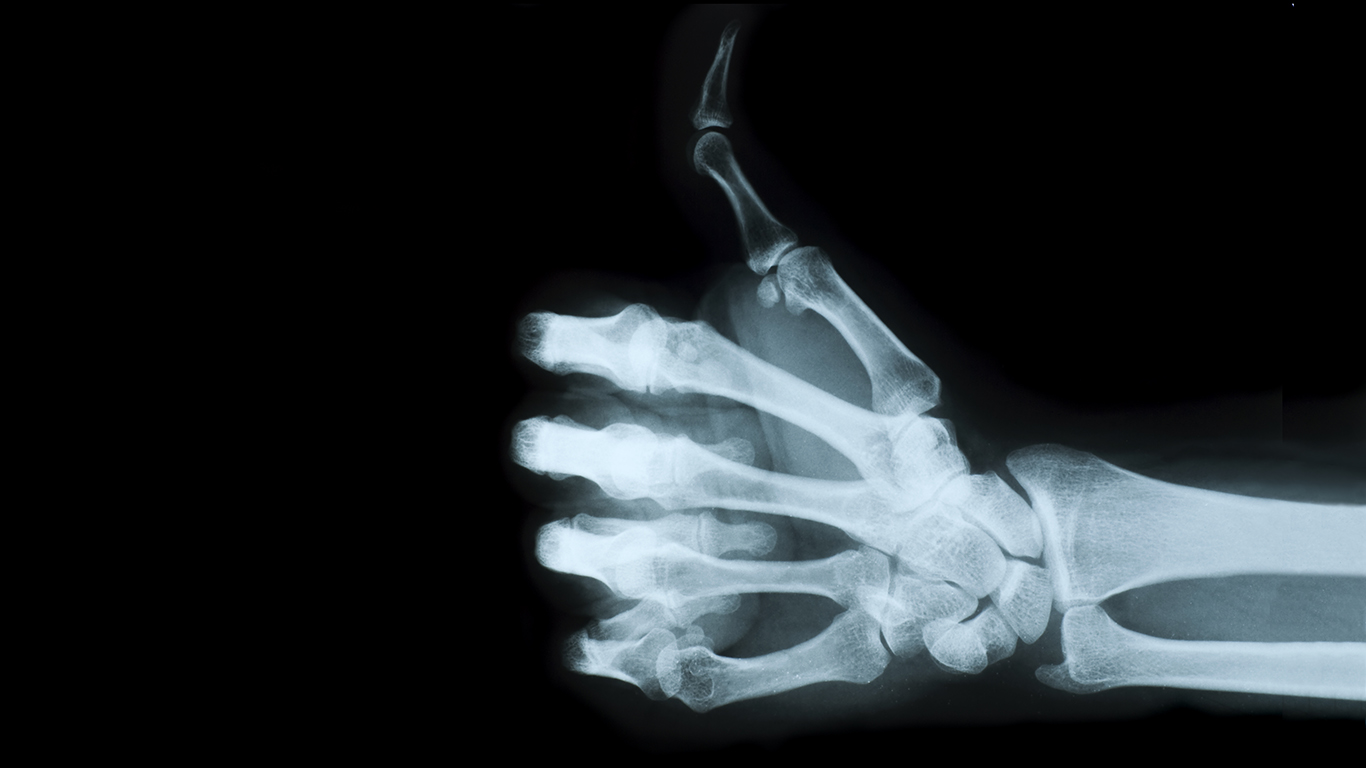
Got kale? There’s more than one way to build strong bones. As we age, we are at higher risk of bone loss, but having healthy, strong bones is important at any age. Luckily, a healthy diet full of certain kinds of foods — including kale and other cruciferous vegetables that are a high in calcium — can help prevent bone loss and keep our bones strong.
24/7 Tempo compiled 35 of the best foods for building and maintaining strong bones. These foods contain significant amounts of one or more of the nutrients essential to bone health. Here are the 14 most common nutritional deficiencies.
According to Harvard School of Public Health, osteoporosis contributes to 2 million fractures every year. Maintaining bone density becomes increasingly imperative as we age, as our bodies begin to lose bone mass. This is especially crucial for women after menopause.
Calcium is one of the most important nutrients for building and maintaining bones. If you don’t eat enough calcium, your body will pull calcium from your bones and teeth to perform its daily functions, leading to decreased bone density.
Some key players in calcium absorption are vitamin D and magnesium. Vitamin D helps the body absorb calcium from food. While it’s not found naturally in many foods, the body makes it when it’s exposed to sunlight, and it is commonly added to dairy products. Magnesium is essential in converting vitamin D into the active form needed to turn on calcium absorption.
Other nutrients crucial to bone health are vitamins A, C, and K, as well as potassium and zinc. Limiting soda, alcohol, and caffeine consumption can help maintain bone health, and lifestyle choices such as spending — limited — time in the sun and performing weight-bearing exercises are also critical. Here are 30 reasons walking is the best exercise.
To determine the best foods for strong bones, 24/7 Tempo selected foods naturally high in the vitamins and minerals known to support healthy bones, focusing on whole foods rather than supplements or enriched products.
Click here to see 35 of the best foods for strong bones
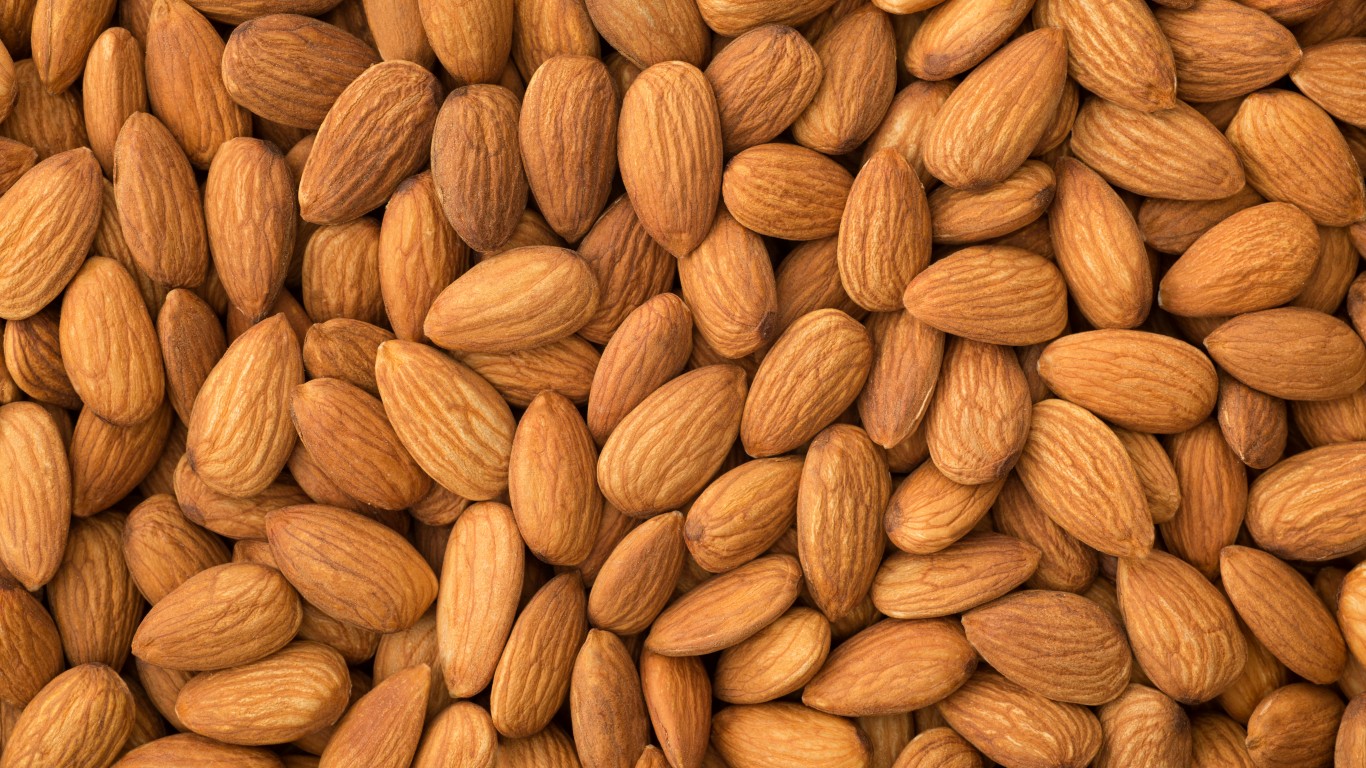
Almonds
One handful of almonds (about an ounce) contains 75 mg of calcium, as well as potassium and protein. Adding this nutrient dense nut to yogurt or a salad, or switching from peanut butter to almond butter for sandwiches and smoothies, can help support a bone-health diet.
[in-text-ad]

Artichokes
Artichokes, whether canned or fresh, contain calcium, magnesium, and vitamin C. Canned artichokes can easily be added to salads, pasta dishes, and dips.
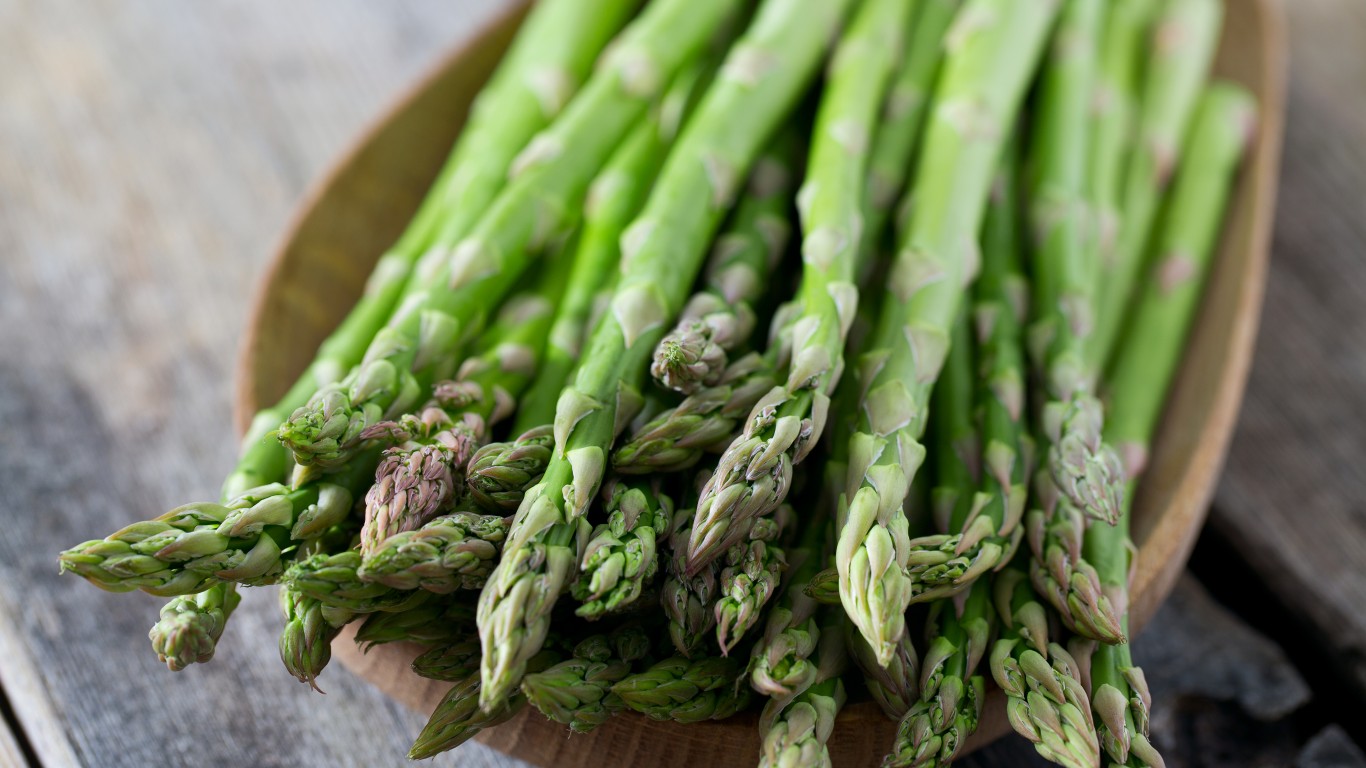
Asparagus
Asparagus is packed with bone-healthy nutrients. It’s high in calcium, magnesium, and vitamins A, K, and C. Try asparagus on the grill, or roasted with garlic and lemon.
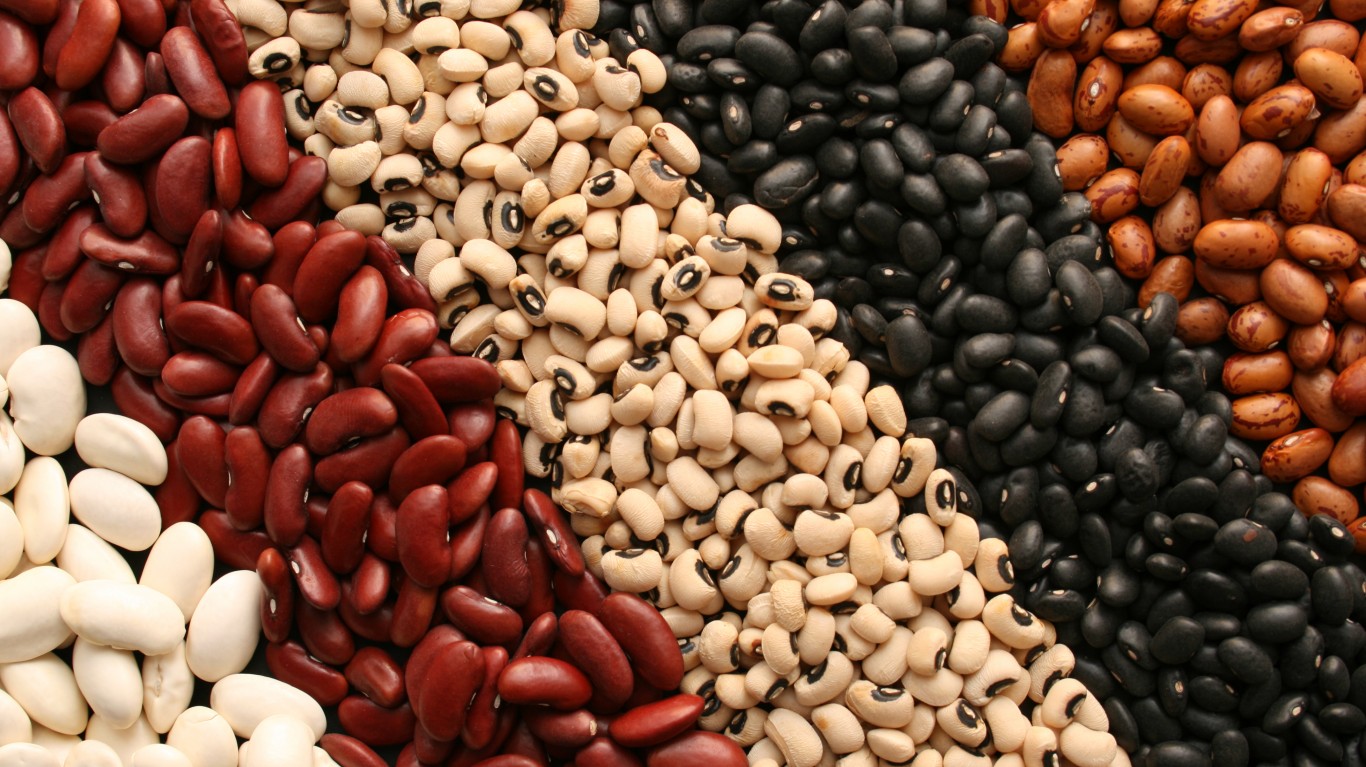
Beans
Beans are high in magnesium and calcium, but they also contain phytates, which can keep your body from absorbing the calcium. Rather than avoiding beans, which are generally very nutritious, be sure to soak dried beans for a few hours to reduce the amount of phytates, then use fresh water to cook them.
[in-text-ad-2]

Bok choy
Bok choy contains calcium, magnesium, and vitamin K. It also provides iron and zinc, which are important in the production of collagen. Bok choy is great stir fried or steamed.
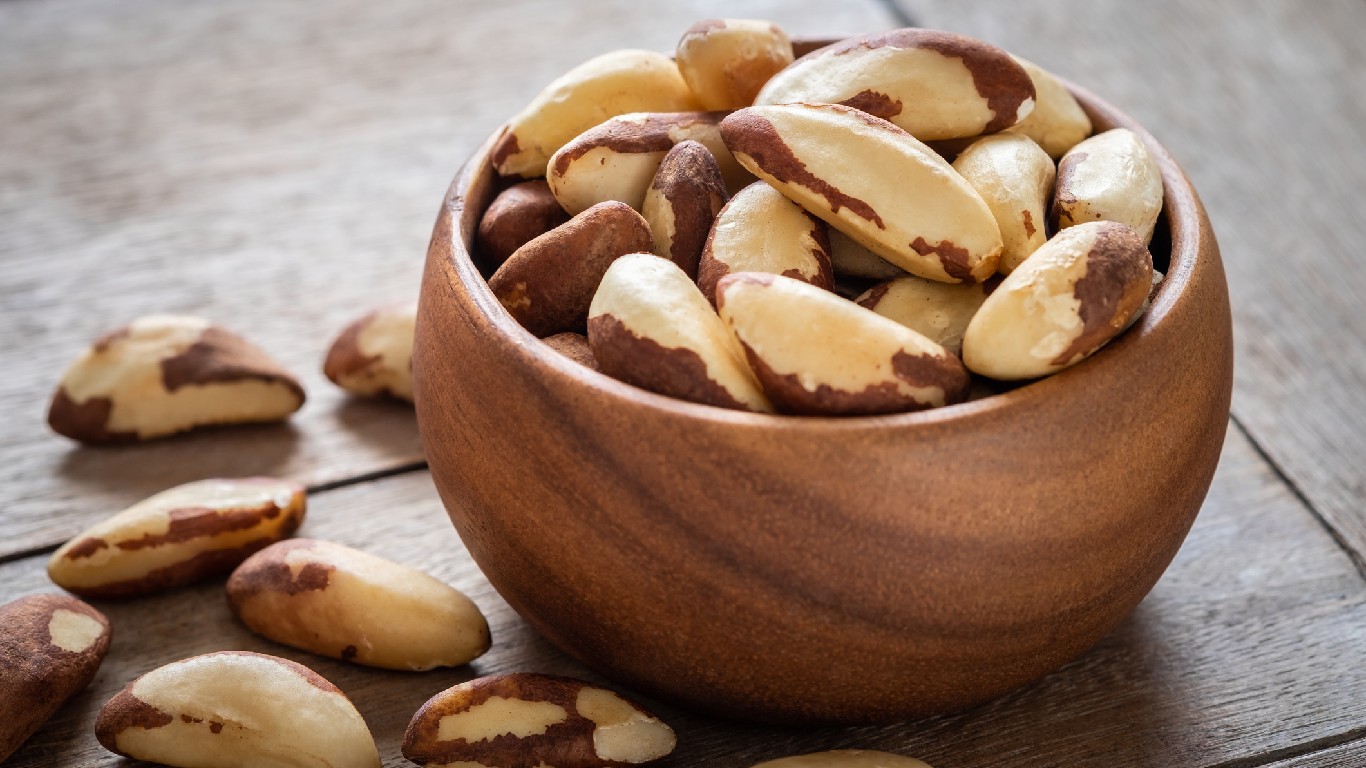
Brazil nuts
Not only do Brazil nuts provide calcium and protein, but they are also a great source of magnesium. A handful of brazil nuts makes a healthy midday energy booster.
[in-text-ad]
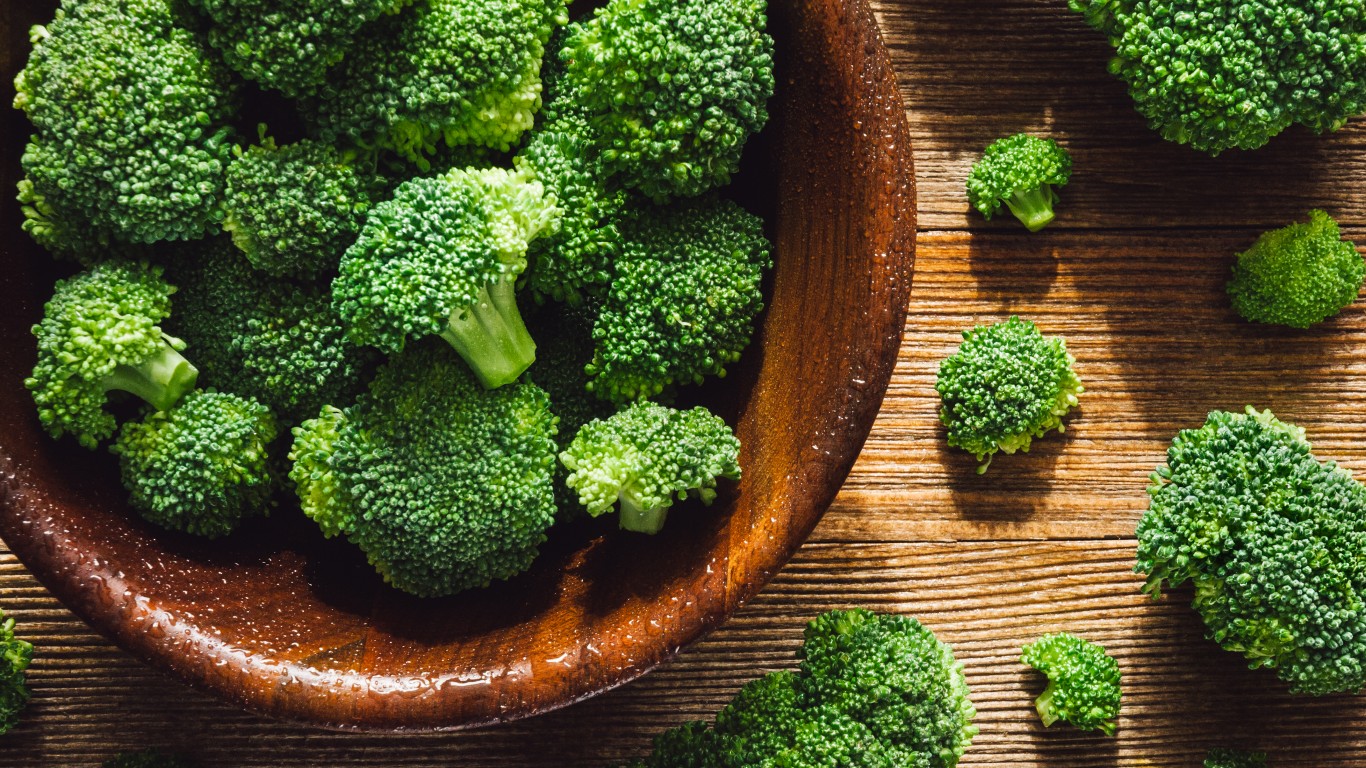
Broccoli
Broccoli is high in calcium, and like other cruciferous vegetables, it has been associated with reduced bone fractures in post-menopausal women. Try broccoli steamed with lemon and pepper.

Brussels sprouts
Brussels sprouts are high in vitamins C and K. In fact, one serving of Brussels sprouts contains over 200% of the recommended daily allowance of vitamin K. They’re great roasted with garlic or added to pasta dishes.

Canned Fish
Canned fish, especially sardines and salmon that are canned with small bones intact, are excellent sources of vitamin D and calcium. Try canned fish with pasta or in a salad.
[in-text-ad-2]

Cashews
While cashews provide a small amount of vitamin K and calcium, they are very high in magnesium. Try cashew butter in smoothies or on toast with jam.
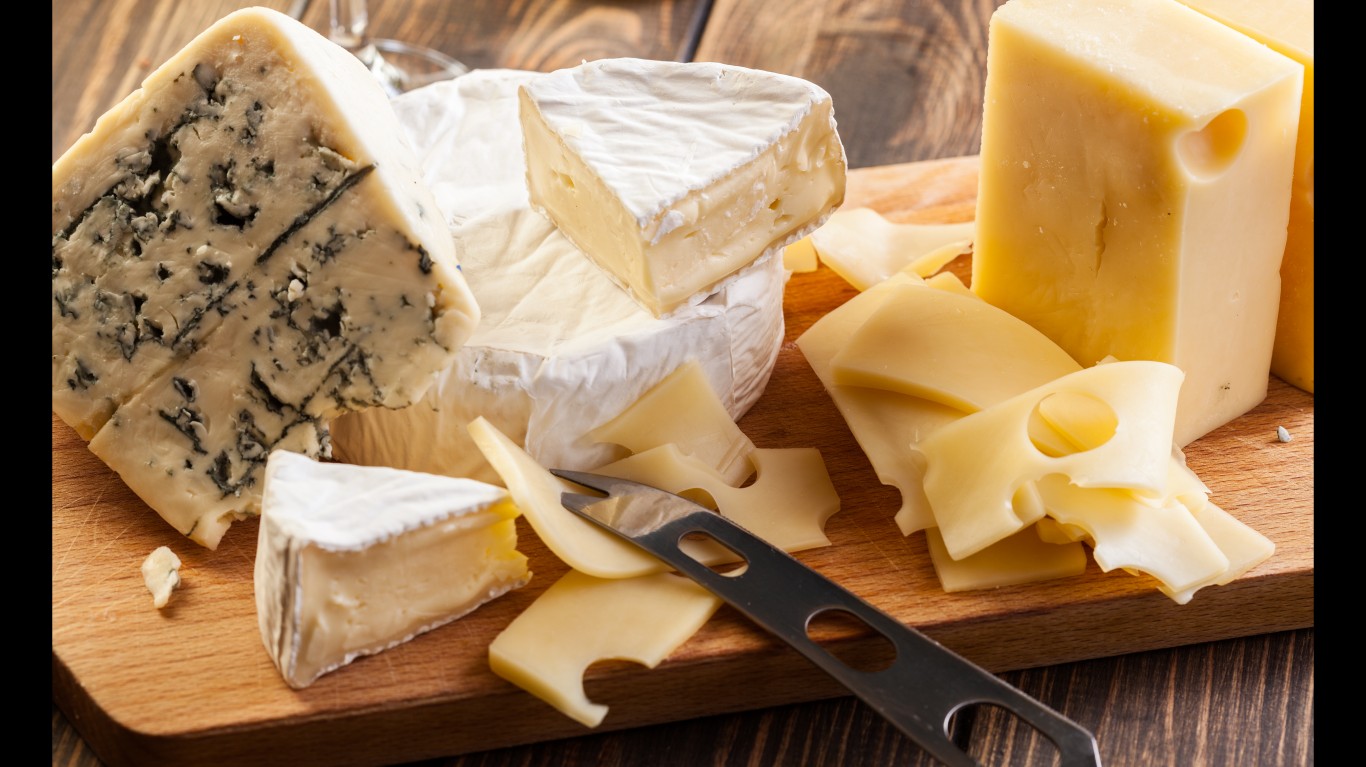
Cheese
Cheeses like cheddar and parmesan are packed with calcium. A 1.5 oz portion of cheddar — about the size of three traditional dice — contains over 30% of the recommended daily allowance of calcium.
[in-text-ad]
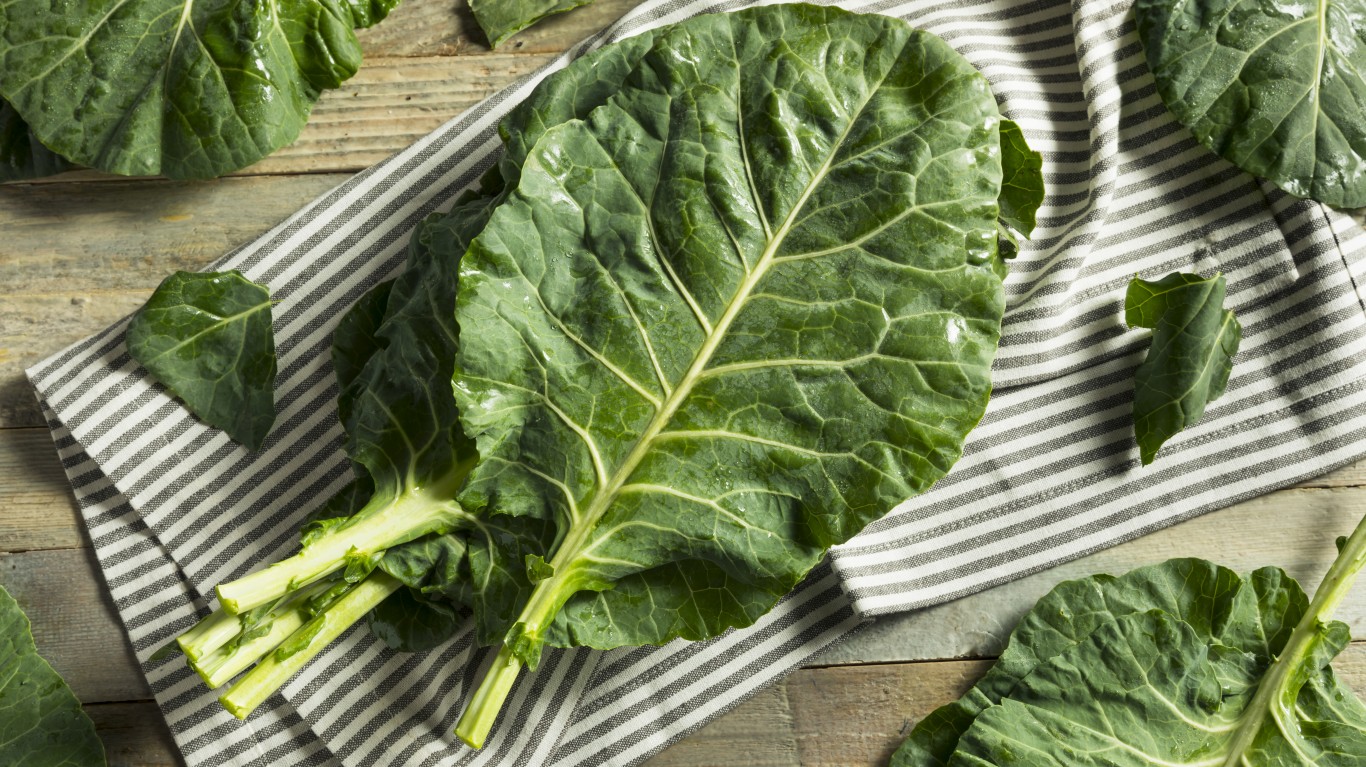
Collard Greens
Collards are a great source of calcium and vitamin K, and our bodies absorb calcium from leafy greens more readily than from milk and other dairy products. Try sauteing collards with garlic and mustard, then simmer them with a little vegetable stock until they’re tender.
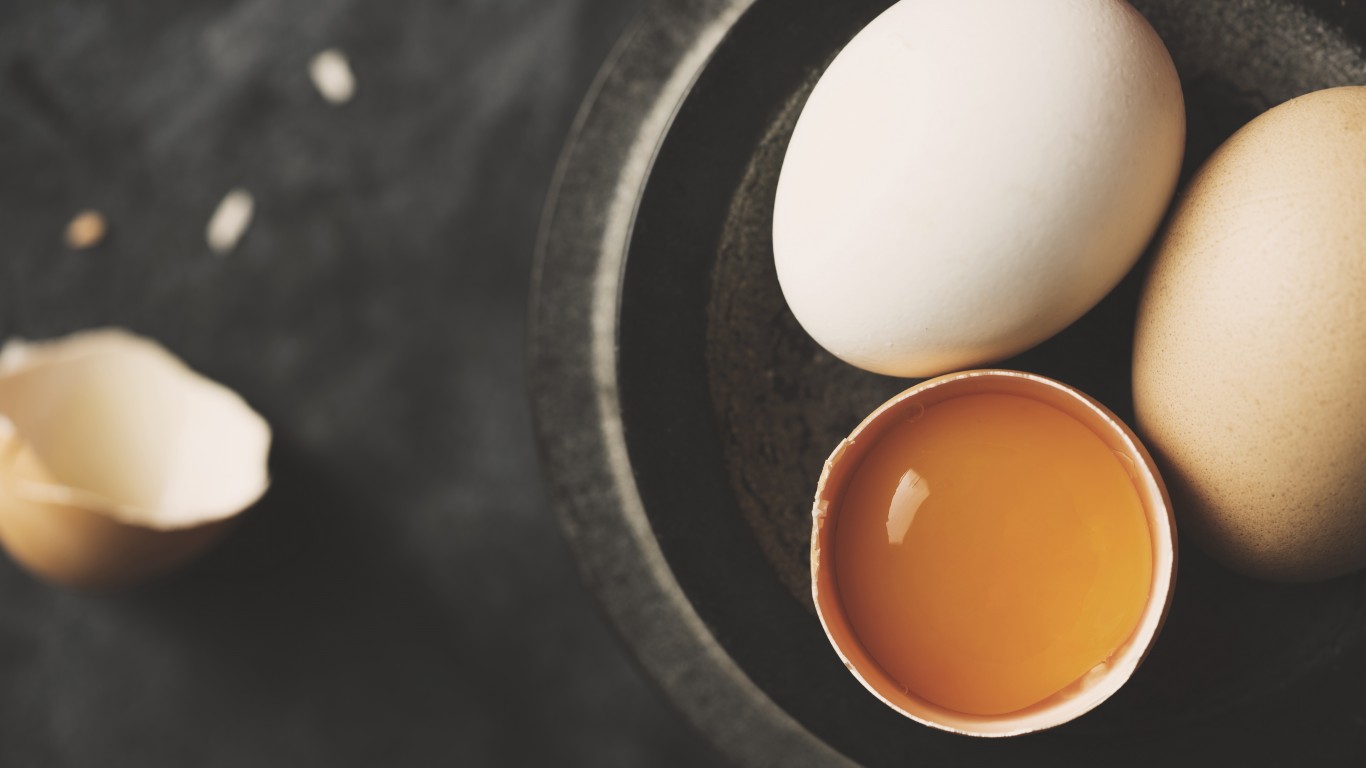
Egg yolks
Vitamin D can be an elusive nutrient, and it’s estimated that 40%-75% of people are vitamin D deficient. That’s a good reason to skip the egg-white omelet and instead eat whole eggs, as only the yolks contain vitamin D.

Fermented foods
Vitamin K2 is a type of vitamin K that is often produced by bacteria and is abundant in fermented foods such as kimchi, sauerkraut, kefir, kombucha, and natto, a Japanese dish made of fermented soybeans. Fermented foods are easy to add to your diet as side dishes, breakfast drinks, and seasonings.
[in-text-ad-2]

Figs
Figs, whether fresh or dried, are a sweet source of calcium, potassium, and magnesium. Eat them fresh on yogurt or salad, or dried as a healthy snack.
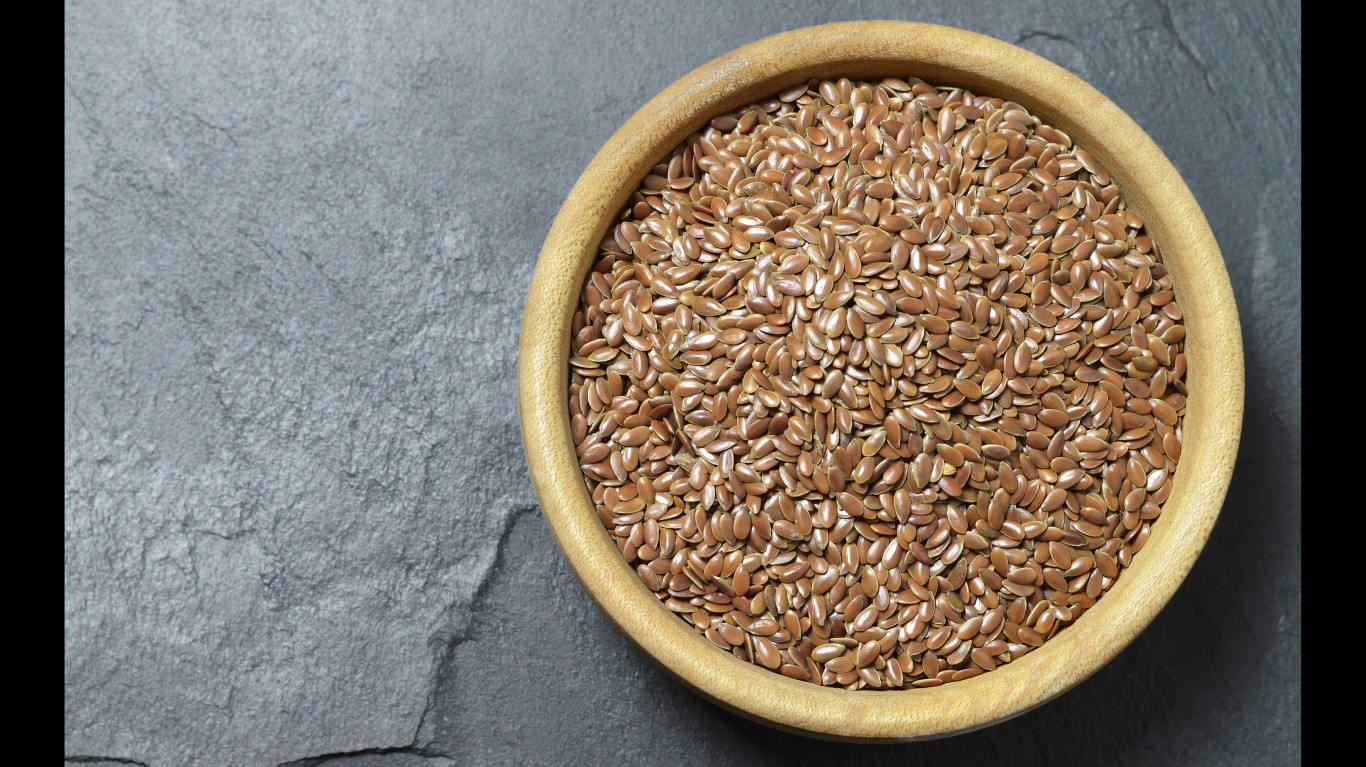
Flaxseeds
Flaxseeds are high in alpha linolenic acid, which is an omega-3 fatty acid that some studies have found may protect bones from developing osteoporosis. Keep ground flaxseeds in the freezer and add them to smoothies or sprinkle them on salads. Flaxseed oil can be added to salad dressings or smoothies.
[in-text-ad]
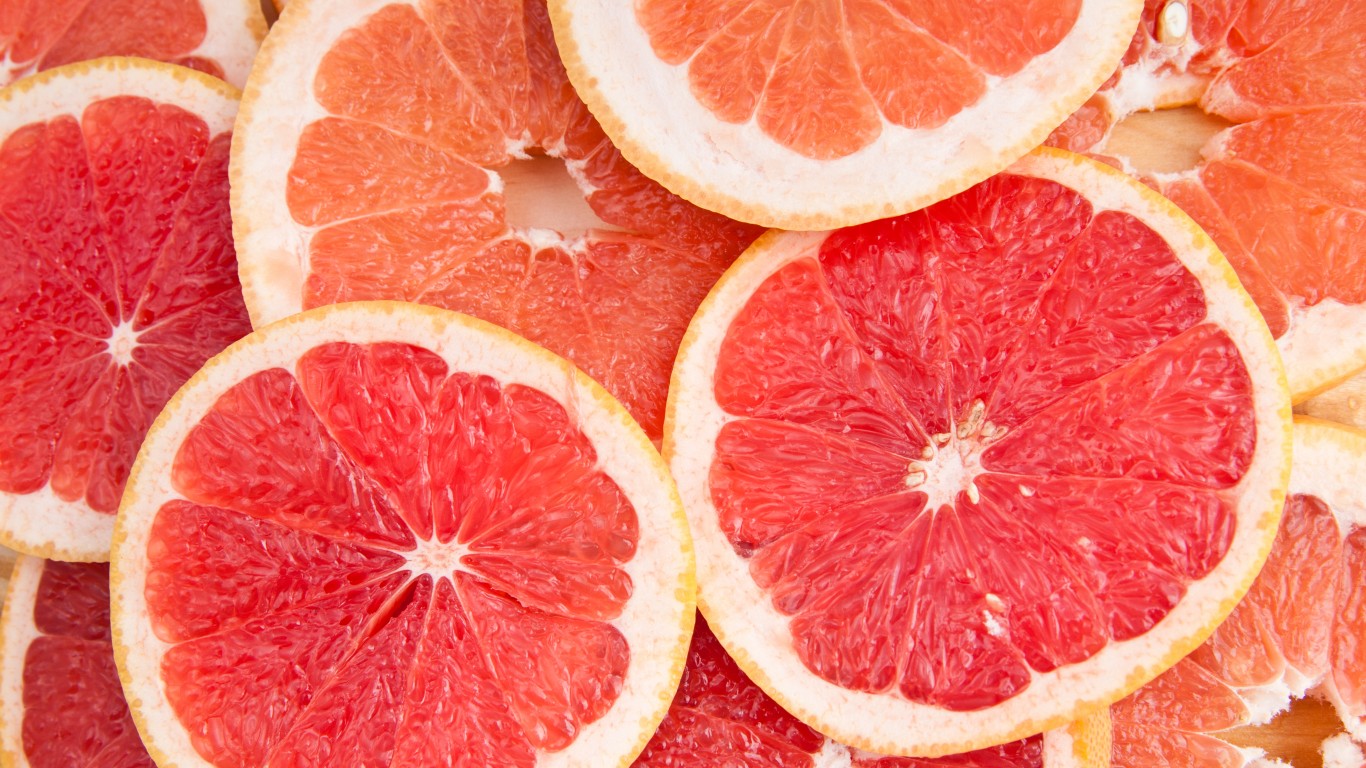
Grapefruit
One whole red grapefruit provides all the vitamin C you need in a day, and it makes for a great breakfast. Vitamin C is essential in the formation of collagen, which makes up nearly 30% of our bones. Need to temper the bitter flavor? Try adding peeled grapefruit segments to a spinach salad with a sweet vinaigrette.
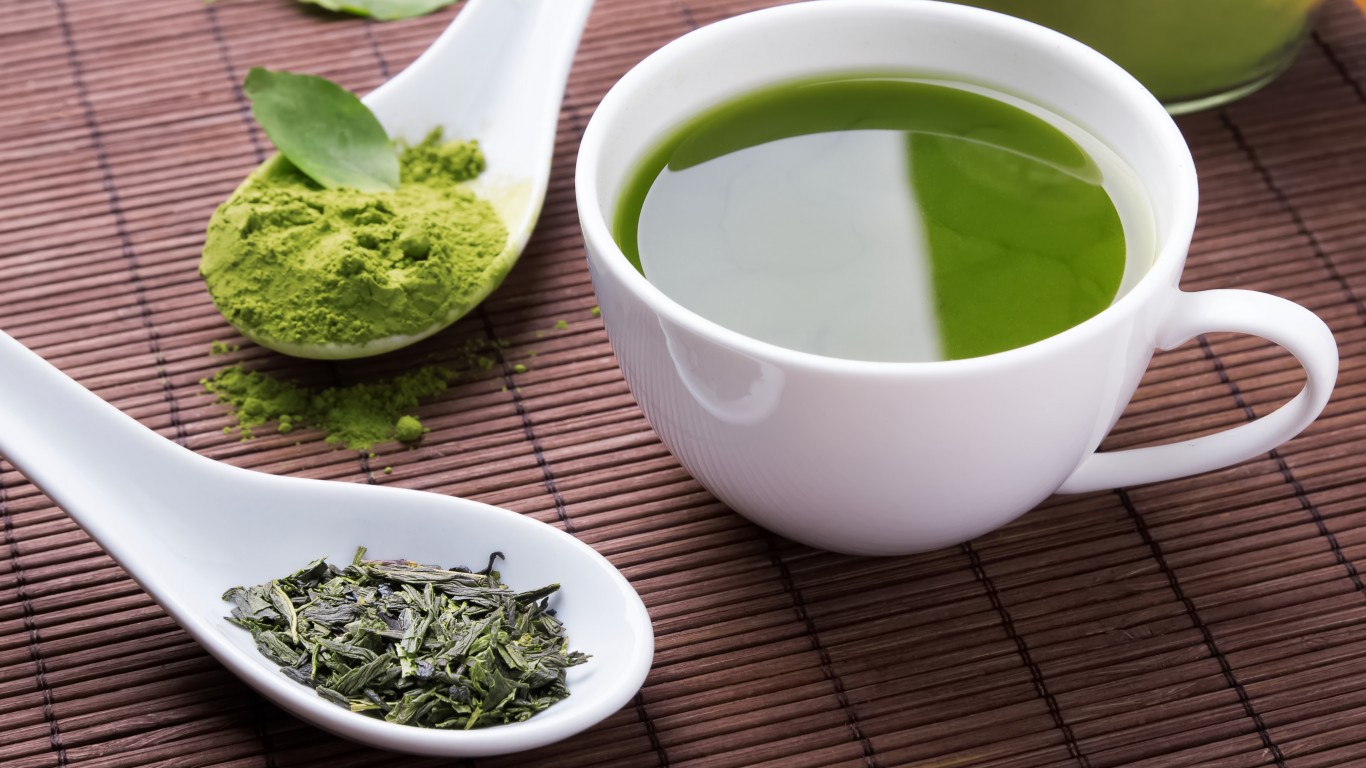
Green tea
Green tea contains flavonoids, which are anti-inflammatory and antioxidant compounds that can help keep bones healthy. In addition, drinking tea regularly can increase the density of bone minerals.
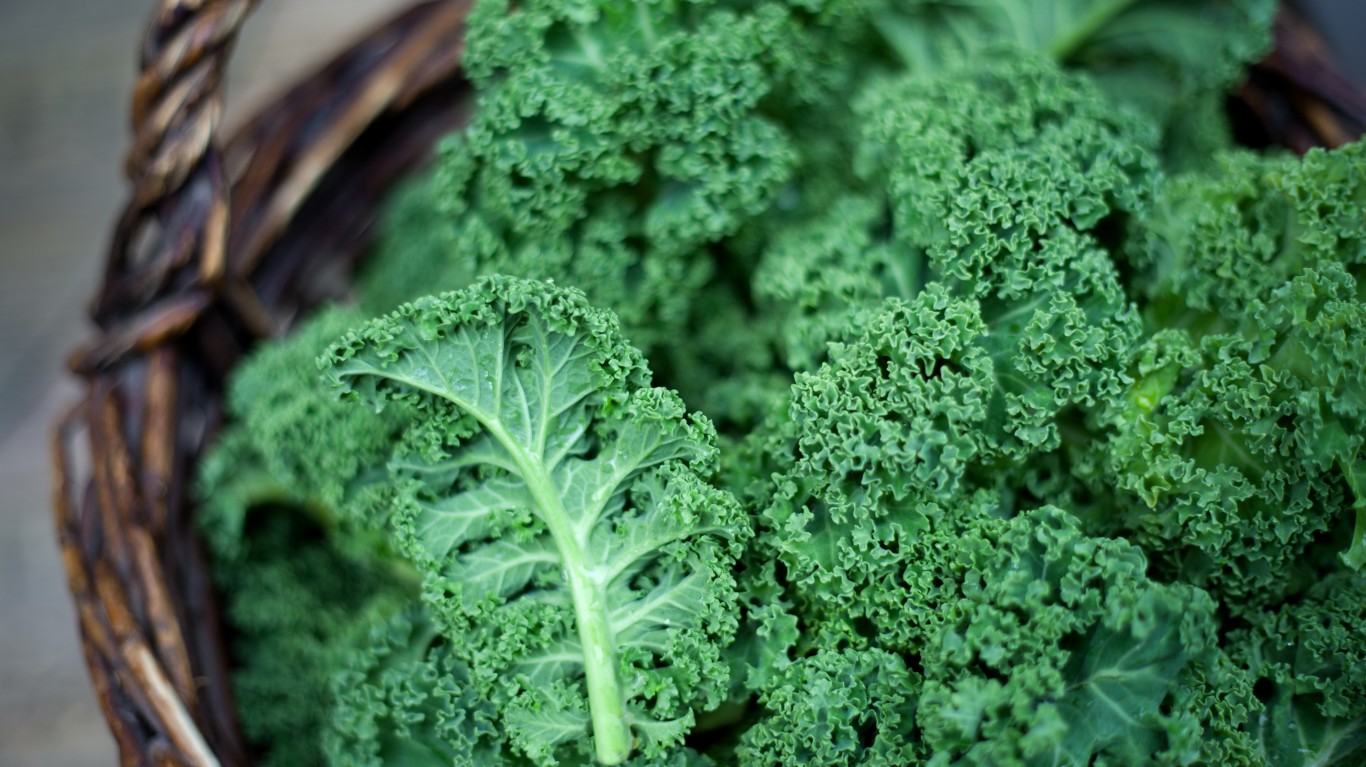
Kale
One serving of kale contains more vitamin C than an orange and is a great source of calcium. Kale is a versatile vegetable that can be eaten raw, put in smoothies, sautéed, steamed, or added to soup.
[in-text-ad-2]
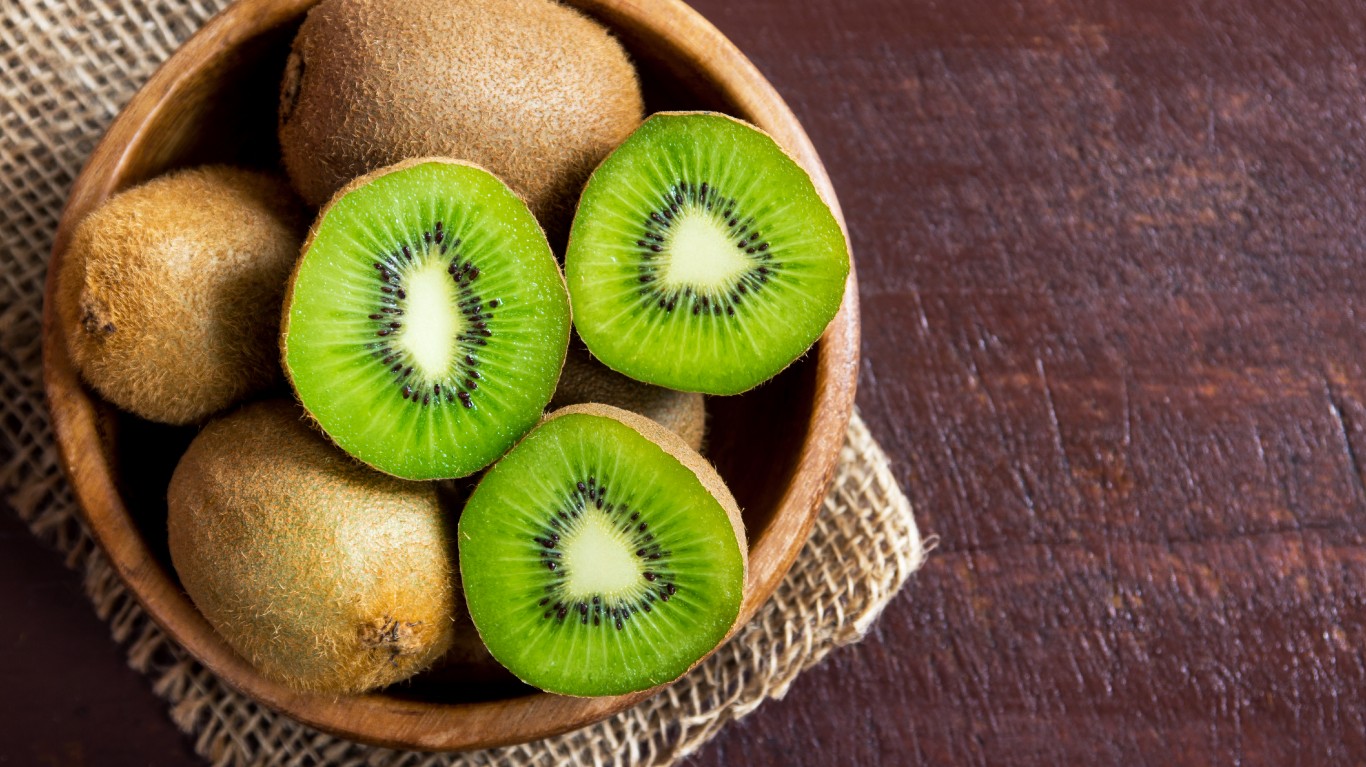
Kiwi fruit
Kiwi fruits are rich in vitamin C and magnesium, and also contain some calcium, vitamin A, and vitamin K. They’re delicious alone as a sweet snack or added to yogurt.
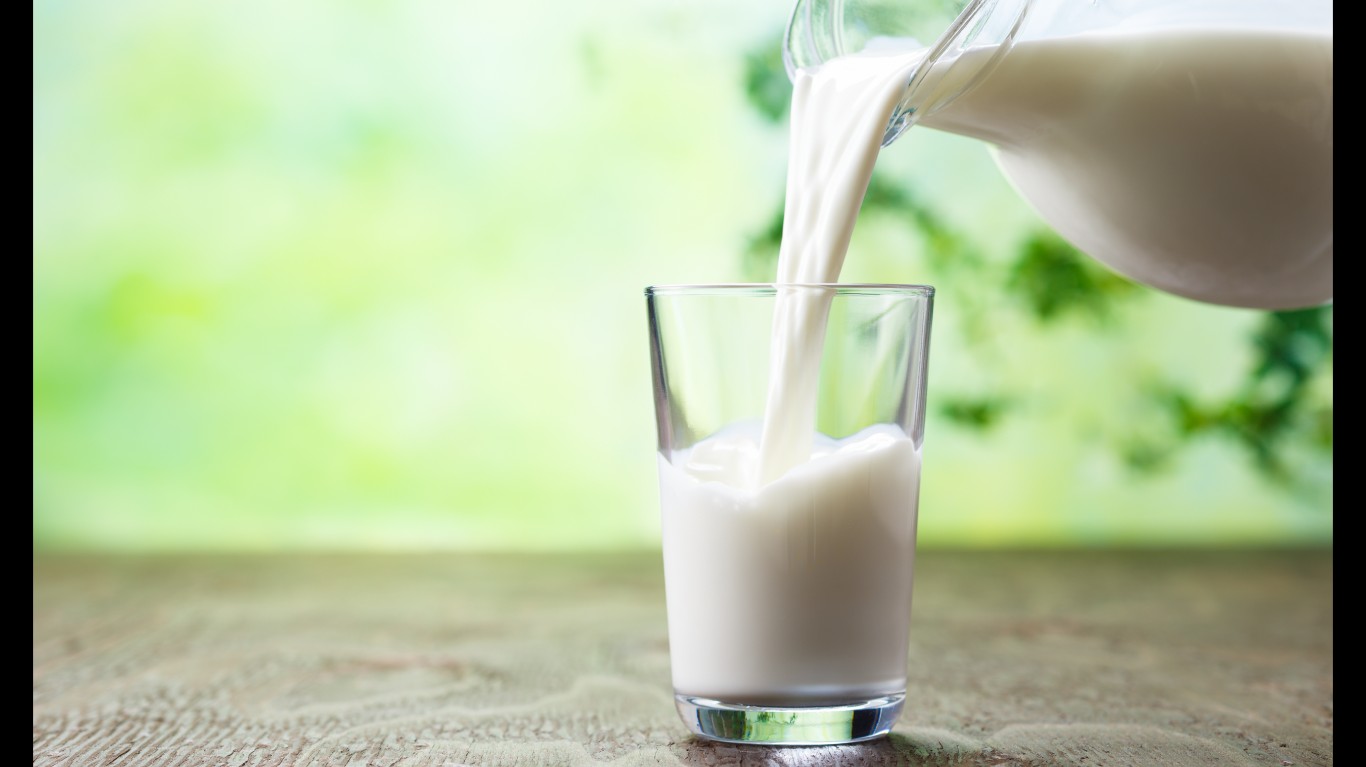
Milk
Unsurprisingly, milk is rich in calcium. Studies show that dairy intake can improve bone density in adults, and that vitamin D-enriched milk is better at strengthening bones than un-enriched milk. Don’t like drinking milk? It can be blended into smoothies or used to make sauces.
[in-text-ad]
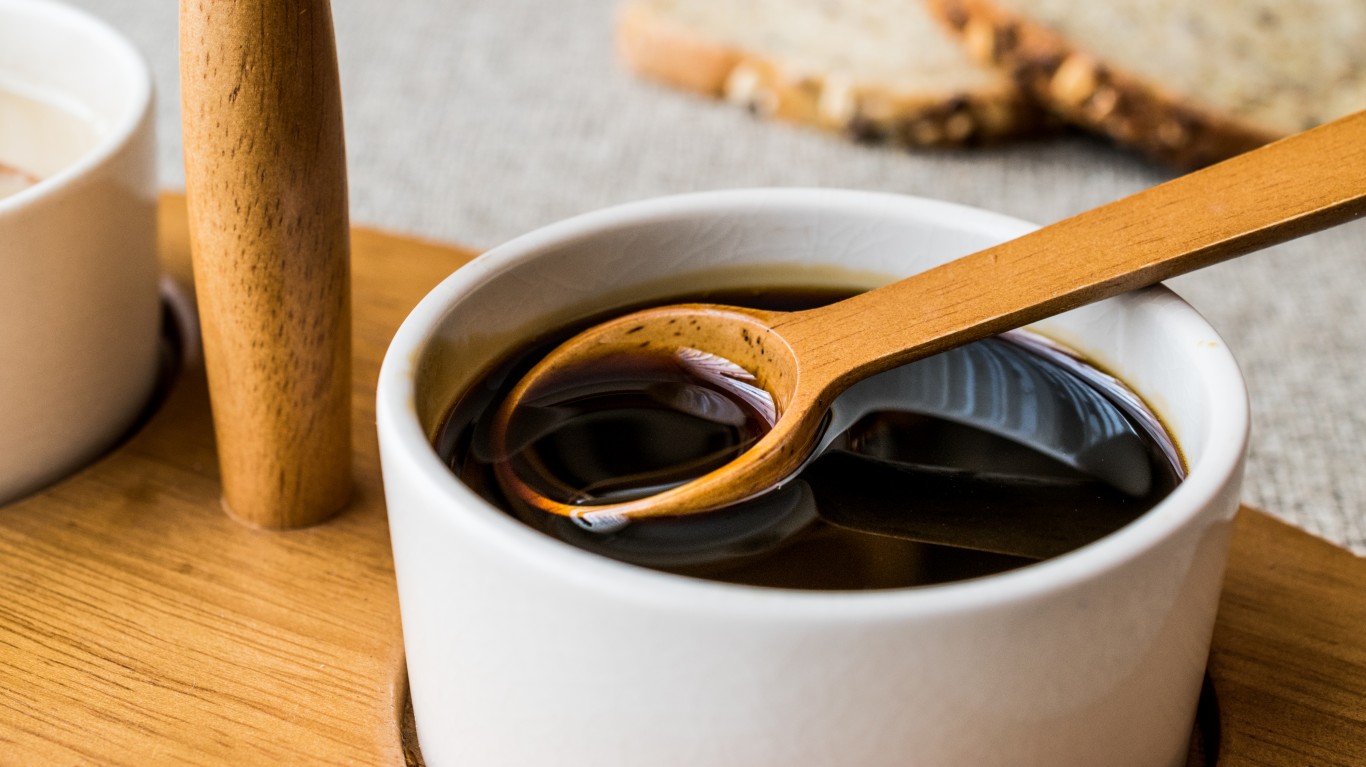
Molasses
Just one tablespoon of molasses is a good source of calcium and magnesium. Molasses can be used in small amounts to replace some of the sweetener in granola, chocolate milk, pumpkin pies, and cookies.
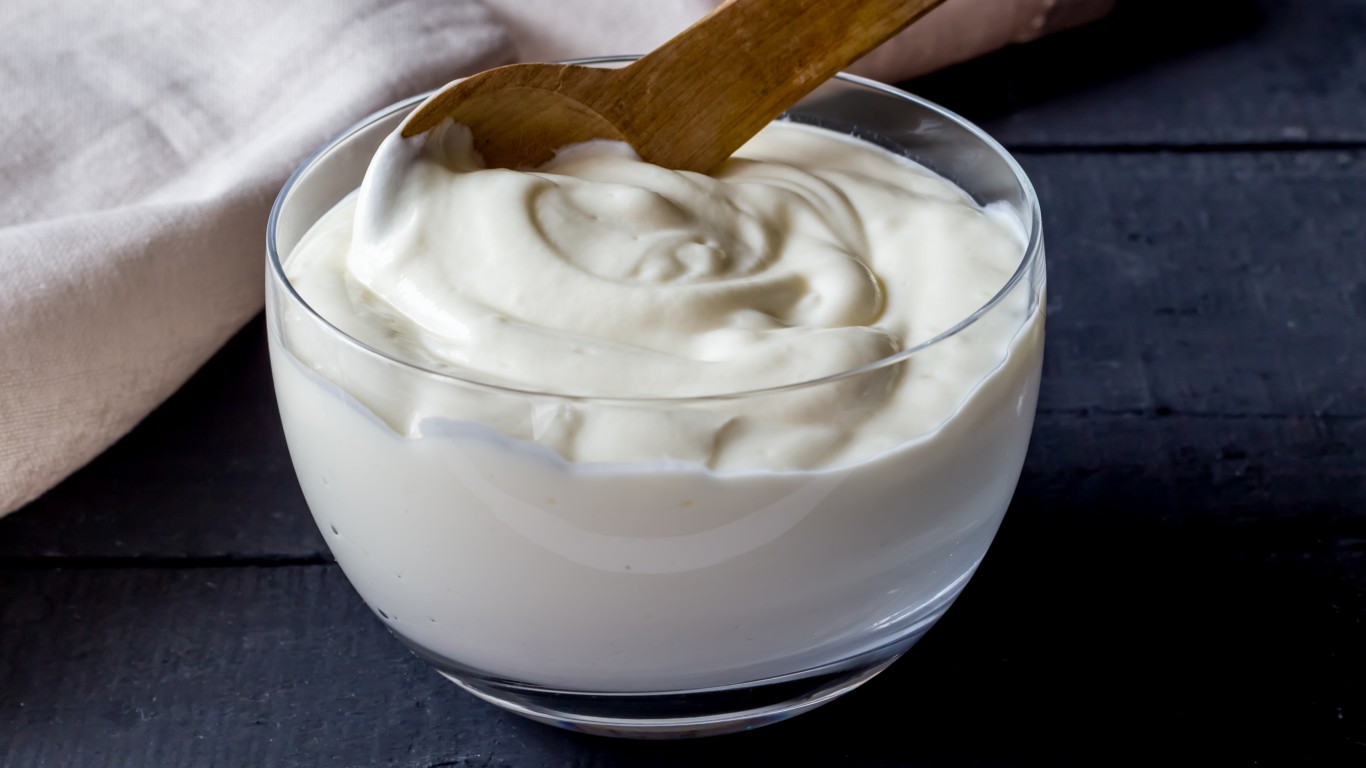
Yogurt
Plain, full-fat yogurt provides calcium, magnesium, potassium, zinc, and vitamins A and K2. Non-fat yogurt, while containing some of the nutrients, won’t provide fat soluble vitamins A and K2. Regular yogurt contains double the calcium of Greek yogurt, so if you’re looking for calcium, don’t go Greek.
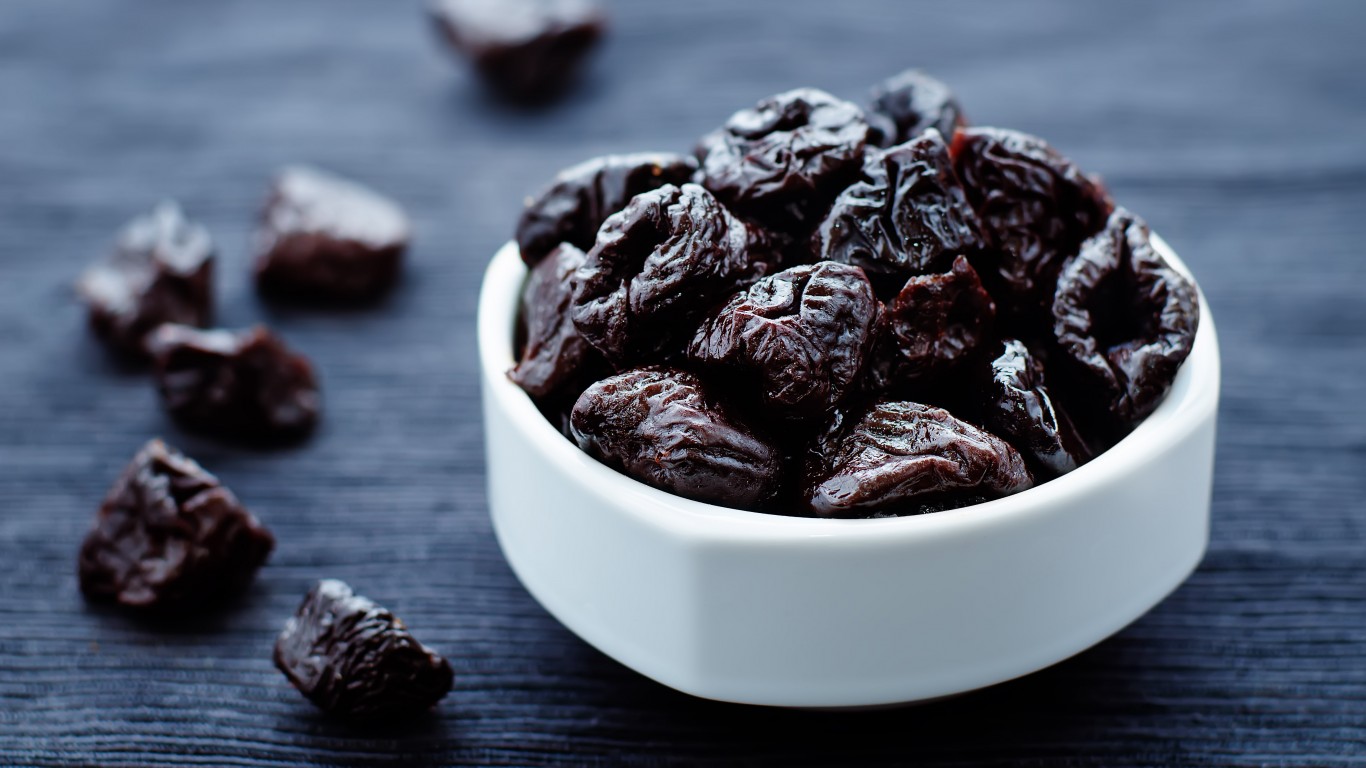
Prunes
Prunes are rich in vitamin K and have also been shown to both prevent and reverse bone loss in post-menopausal women. They make a great snack on their own and can also be stewed and added to oatmeal or yogurt.
[in-text-ad-2]
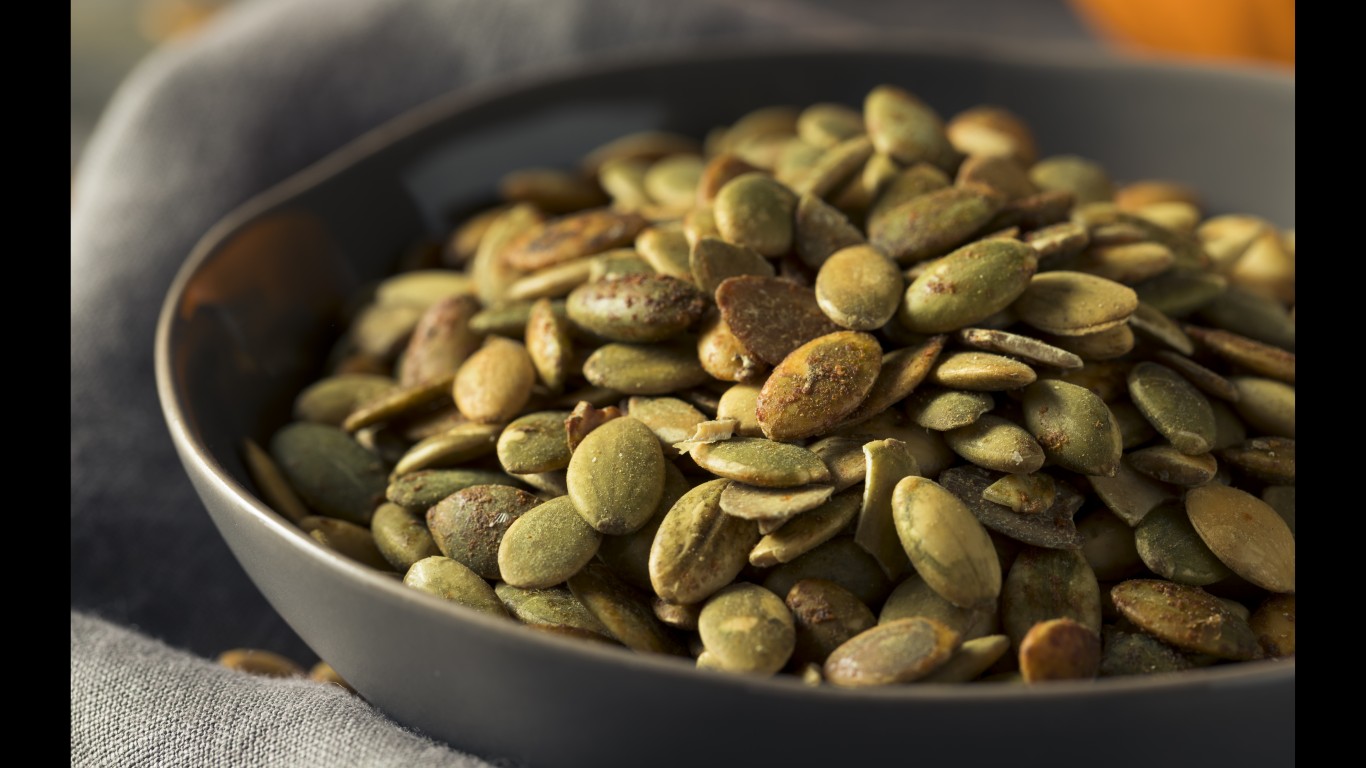
Pumpkin seeds
Pumpkin seeds are an excellent magnesium source and also contain omega-3 fatty acids and some calcium. They are great blended into pesto and other sauces and can also be sprinkled on salads.

Rhubarb
A cup of cooked rhubarb contains 350 mg of calcium and also provides vitamins A and C. Although rhubarb contains oxalic acid, which can prevent the absorption of calcium, cooking the rhubarb breaks down the oxalic acid, so be sure to eat rhubarb cooked. It’s great in pies and jams, mixed with berries or other fruits.
[in-text-ad]

Salmon (and other fatty fishes)
Salmon is an excellent source of omega-3 fatty acids and vitamin D. It can be baked, poached, or added to dips or salads.

Sesame seeds
Sesame seeds are a nutritional powerhouse for the bones. They contain calcium, magnesium, and zinc. Sprinkle sesame seeds on salads and in stir fry, or add tahini to salad dressings or smoothies.

Sweet peppers
Red, yellow, and orange bell peppers are full of vitamins A and C and also contain some vitamin K. Try eating them raw in salads or roasted and blended into a creamy tomato soup.
[in-text-ad-2]

Sweet potatoes
Sweet potatoes provide potassium — which neutralizes certain acids that deplete the bones — and magnesium, and can be delicious baked and eaten plain with no salt or sweeteners.
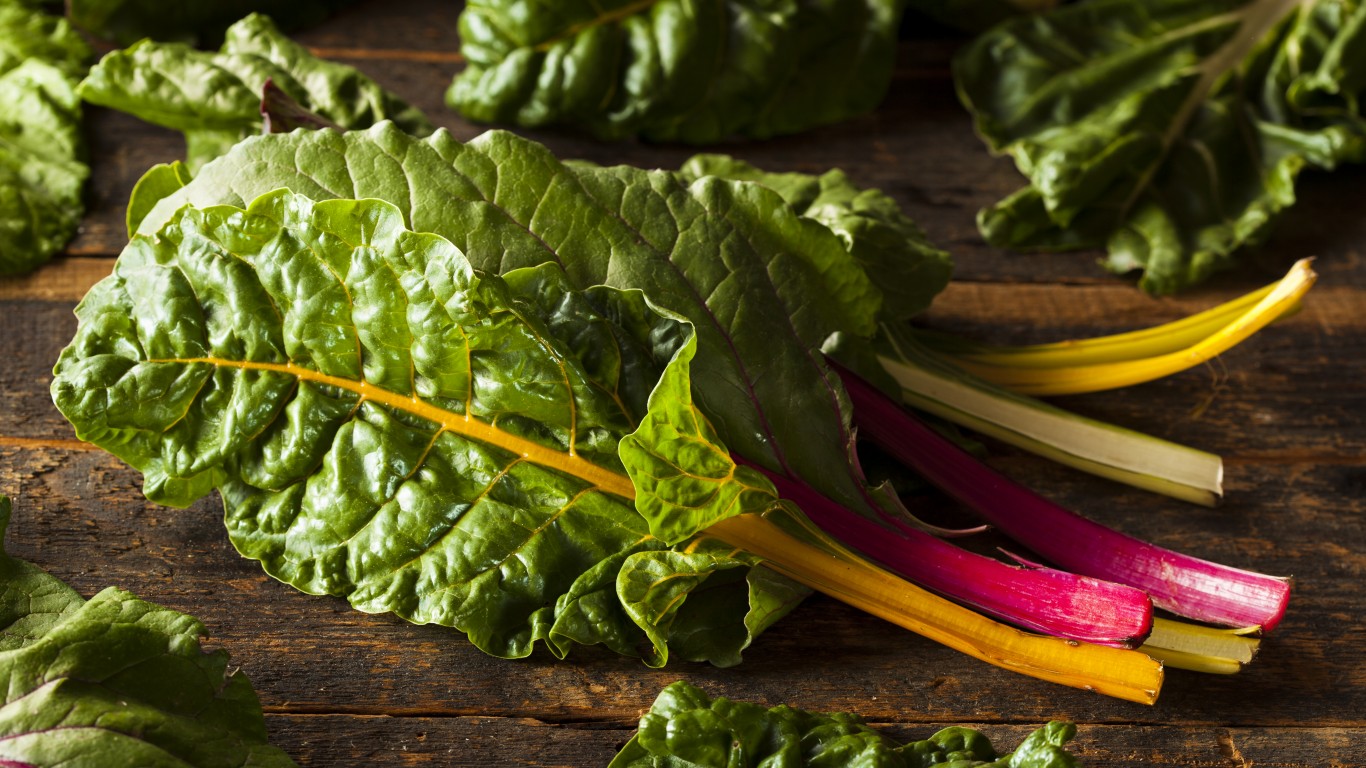
Swiss chard
Swiss chard, like other leafy greens, contains calcium, magnesium, and vitamins A and C. It can be sautéed with a little vinegar or added to pasta dishes and soups.
[in-text-ad]
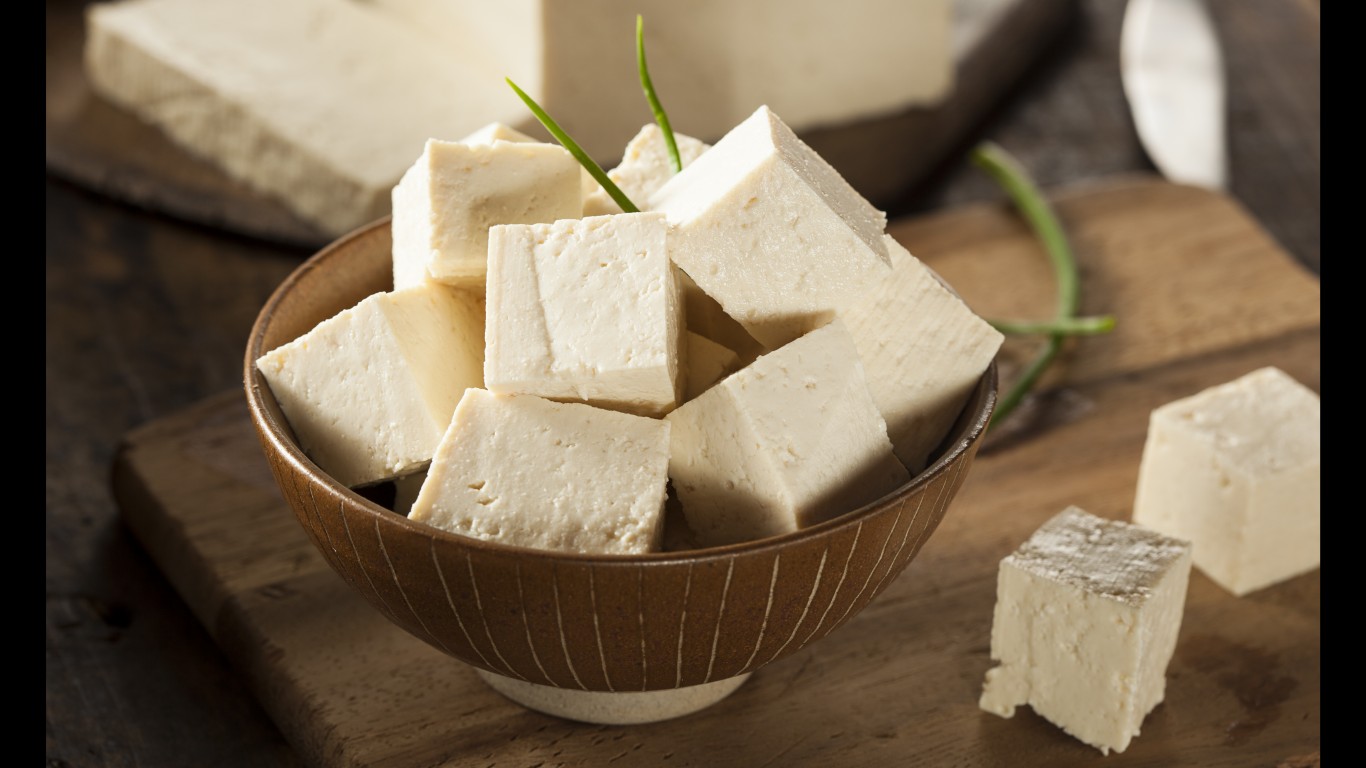
Tofu
Research has shown that isoflavones in tofu can help fight bone loss in postmenopausal women. Tofu is also a good source of magnesium and often comes calcium-enriched as a bonus.
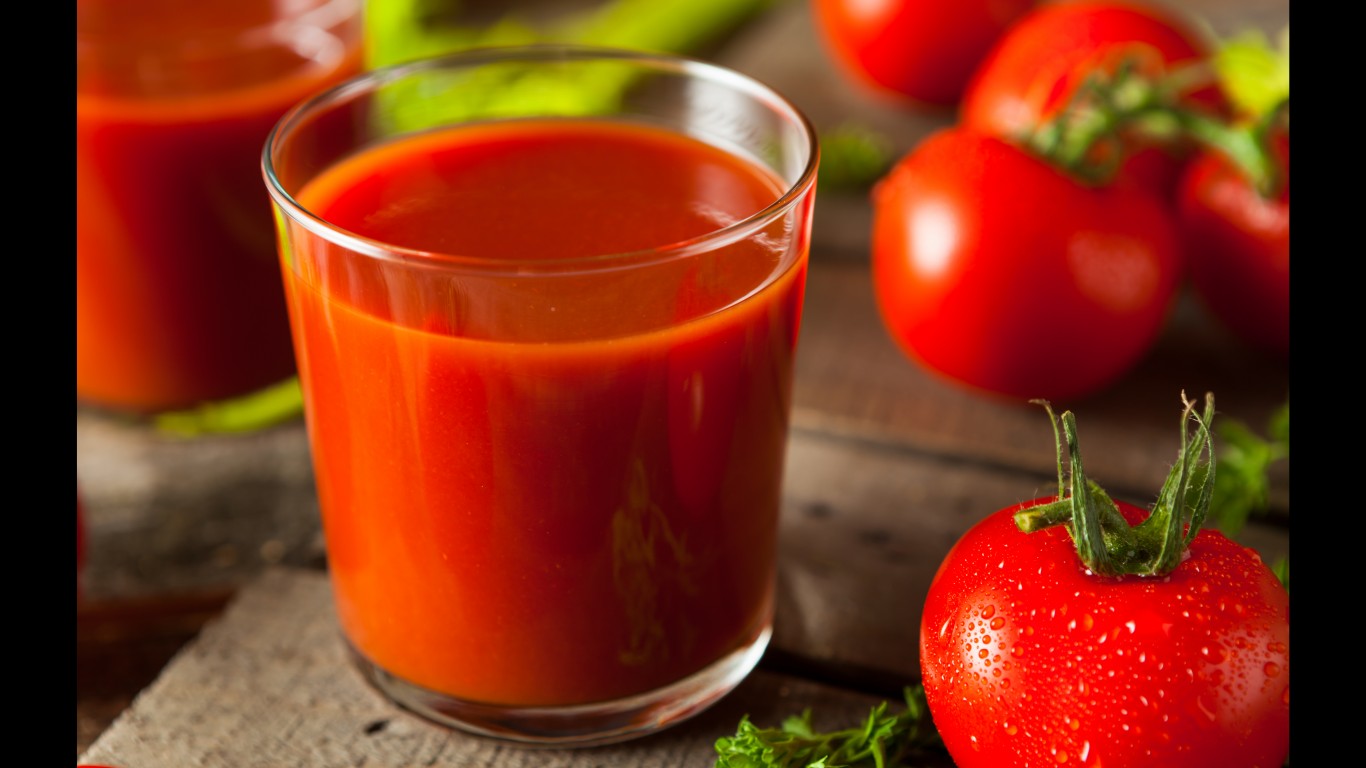
Tomato juice
Tomato juice is an excellent source of magnesium, vitamins A and C, and also provides a little calcium and vitamin K. Salty foods are so common that most Americans are not at risk of not getting enough sodium. So consider sticking to low-sodium tomato juice.

UV treated mushrooms
Mushrooms that are exposed to natural sunlight or ultraviolet light will produce massive amounts of vitamin D. Look for “UV-treated” on labels to ensure that you’re buying mushrooms with a healthy dose of vitamin D.
[in-text-ad-2]

Walnuts
Walnuts are an excellent source of alpha linolenic acid, which can help reduce bone loss. They’re also high in magnesium and calcium and are great eaten alone as a snack or added to salads.
Credit Card Companies Are Doing Something Nuts
Credit card companies are at war. The biggest issuers are handing out free rewards and benefits to win the best customers.
It’s possible to find cards paying unlimited 1.5%, 2%, and even more today. That’s free money for qualified borrowers, and the type of thing that would be crazy to pass up. Those rewards can add up to thousands of dollars every year in free money, and include other benefits as well.
We’ve assembled some of the best credit cards for users today. Don’t miss these offers because they won’t be this good forever.
Flywheel Publishing has partnered with CardRatings for our coverage of credit card products. Flywheel Publishing and CardRatings may receive a commission from card issuers.
Thank you for reading! Have some feedback for us?
Contact the 24/7 Wall St. editorial team.
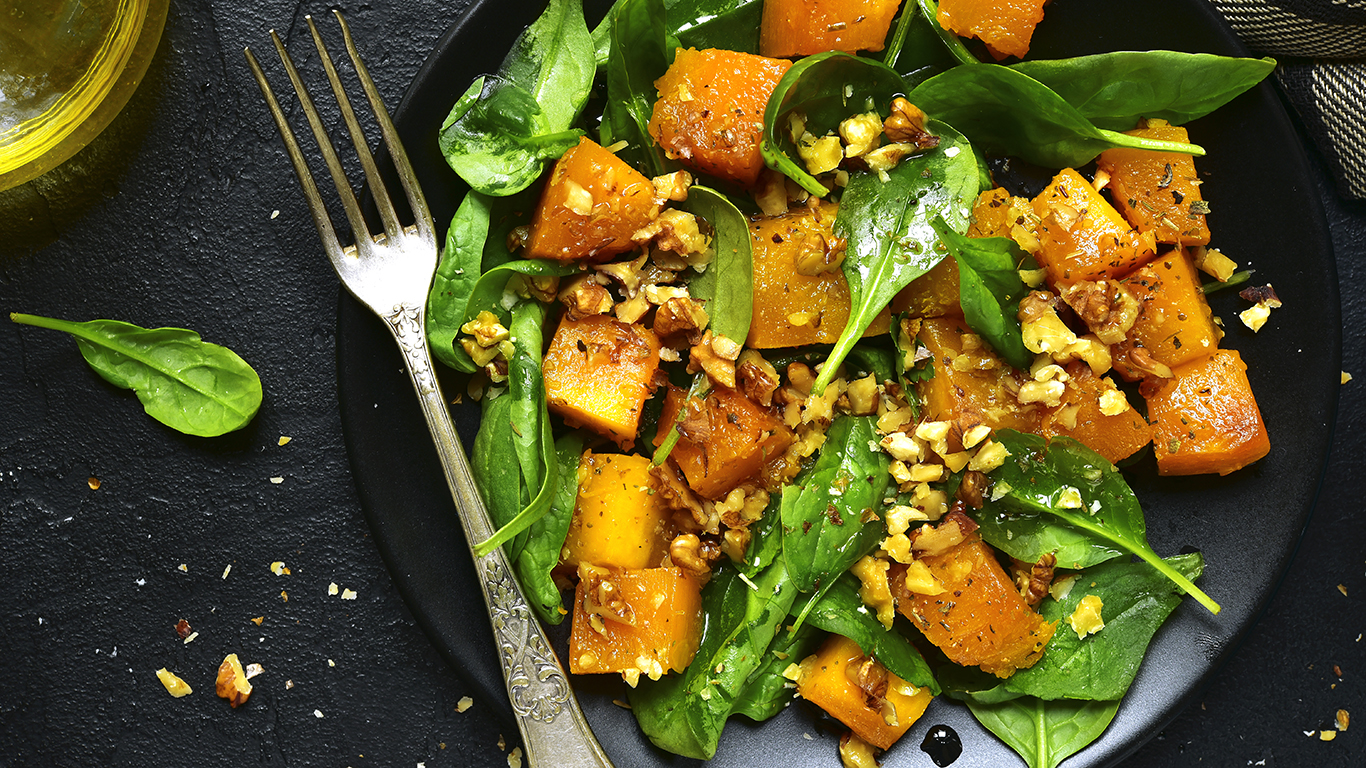 24/7 Wall St.
24/7 Wall St.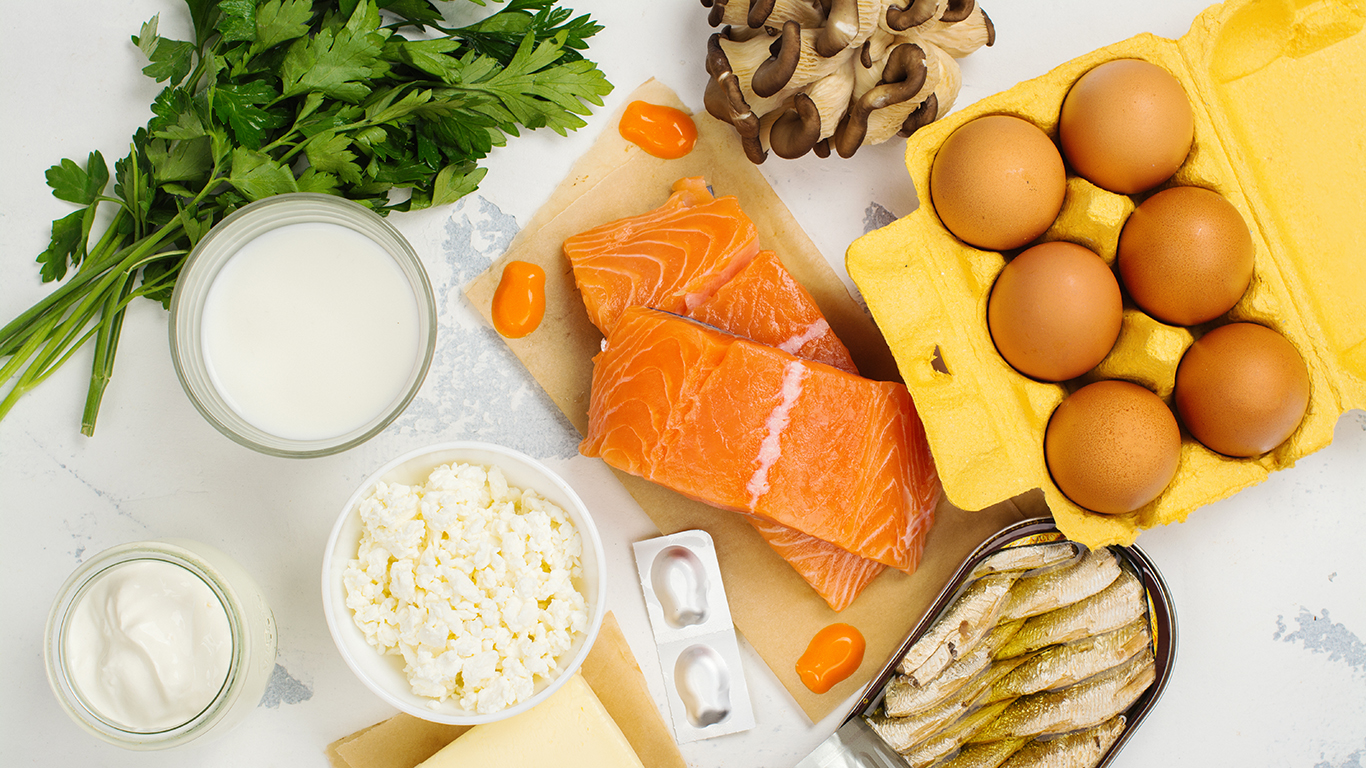 24/7 Wall St.
24/7 Wall St. 24/7 Wall St.
24/7 Wall St. 24/7 Wall St.
24/7 Wall St.
